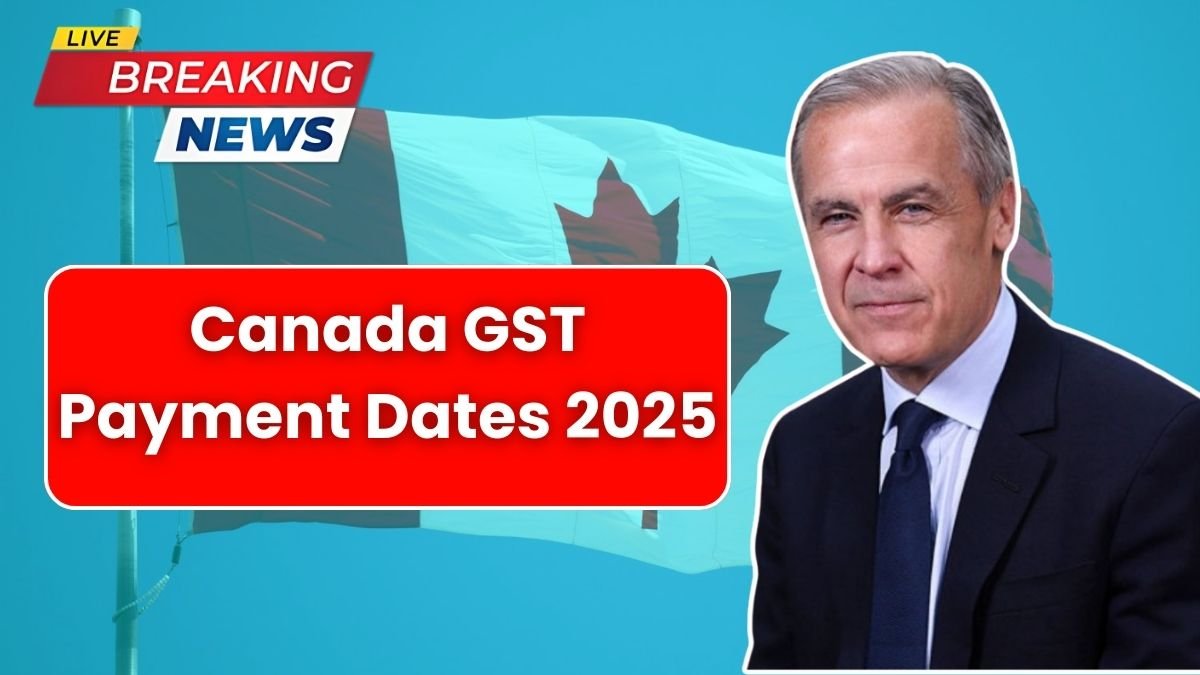Canada GST Payment Dates: See, here’s the thing. Taxes aren’t exactly fun dinner table talk. But if you’re running a business or even just keeping up with household bills, knowing when money is due and when money comes back is everything. The GST/HST system in Canada might look like a pile of deadlines and dates, but once you break it down, it’s actually pretty straightforward. And for 2025, the timelines are already clear.
Filing and Payment for Businesses
If you’re a small business owner, freelancer, or just someone hustling with a side gig, you probably already know the rule: your GST/HST return and payment are due one month after your reporting period ends.
So, let’s say your quarter wraps up on July 31. Guess what? You’ve got until August 31 to get that return and payment filed. Miss it, and penalties will knock on your door faster than you think.
For annual filers, it depends on your year-end. If your fiscal year closes on August 31, you’ve got until November 30 to settle things. But if your year-end happens to be December 31, the rules change a bit. In that case, your payment must be made by April 30, but you get a small grace period to actually file your return—until June 15. It’s the government’s way of cutting self-employed folks a bit of slack.
What About Regular Canadians?
Now, not everyone is running a business. For many households, the important date isn’t about filing—it’s about when the GST/HST credit hits their bank account.
This credit is designed to give low- and middle-income Canadians a bit of relief with rising costs. And the good news? It shows up like clockwork, four times a year. For 2025, the payment dates are:
| Quarter | Payment Date |
|---|---|
| January | January 3, 2025 |
| April | April 4, 2025 |
| July | July 4, 2025 |
| October | October 3, 2025 |
So if you’re eligible, keep an eye on your account around these times. That little deposit might just cover a grocery run or the rising hydro bill—real-life stuff that makes a difference.
Why These Dates Matter
You know what’s surprising? Many people forget these deadlines until it’s too late. Businesses end up paying penalties, and individuals sometimes don’t even realize they qualified for GST/HST credit until they check months later.
Think of it like this: if you’re a business, these dates are about avoiding fines. If you’re an individual, they’re about not missing out on money the government already set aside for you. Either way, marking these dates on your calendar saves stress later.
A Real-Life Example
Take Raj, who runs a small catering service in Toronto. His quarter ends on March 31. That means his GST/HST return and payment are due by April 30. The same day, his sister Meera, who doesn’t run a business, gets her GST/HST credit deposit into her account. For him, April 30 is about making sure he doesn’t owe the CRA. For her, it’s about a little extra money that helps cover daycare costs. Same system, two very different impacts.
Conclusion
Whether you’re a business owner filing returns or a household waiting for your GST/HST credit, 2025 is mapped out for you. Businesses need to stick to those “one month after” rules, and individuals can look forward to their quarterly payments on January 3, April 4, July 4, and October 3. It might not be the most exciting news, but when money is involved, being on time is everything
Disclaimer
This article is based on publicly available information from the CRA and financial news sources. It is meant only for education and general awareness. Readers should always check official CRA updates or consult a professional before making financial or tax-related decisions.
